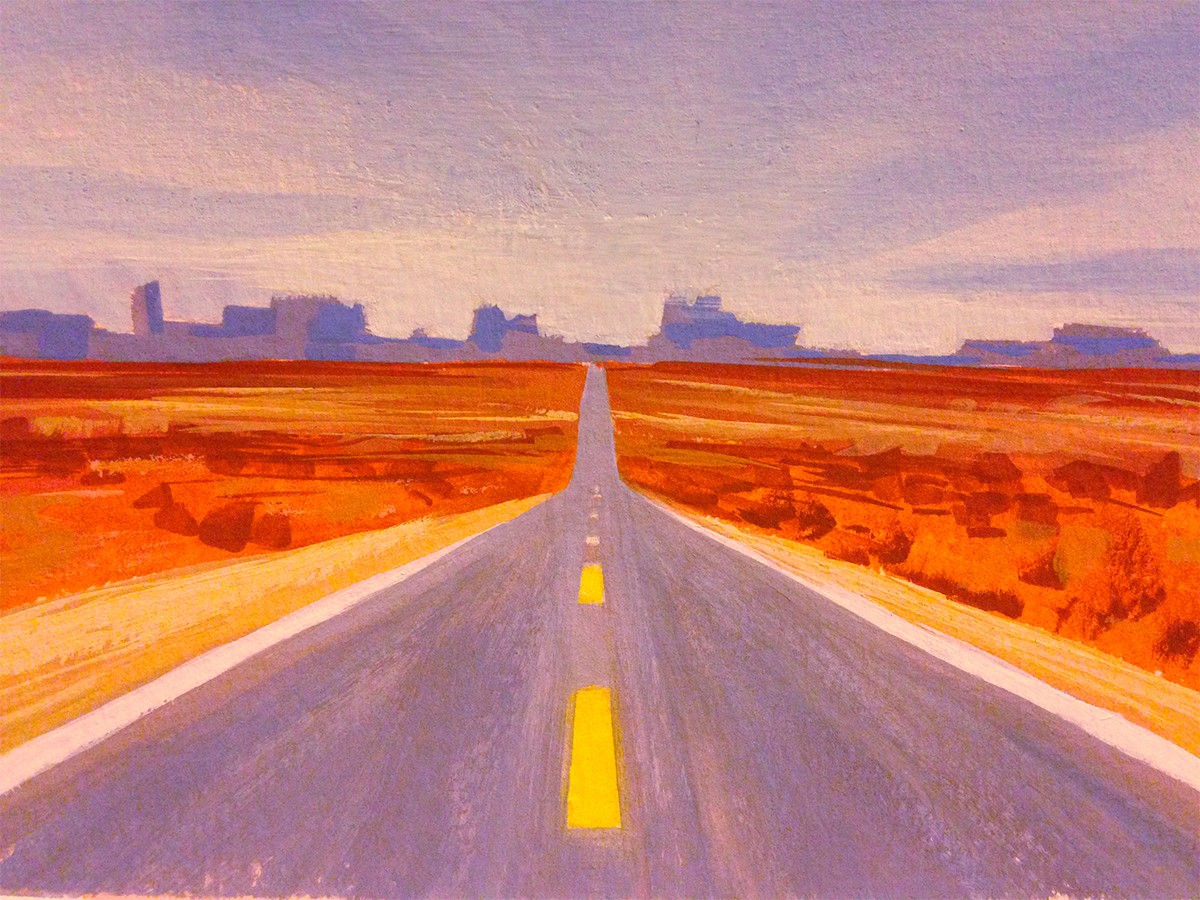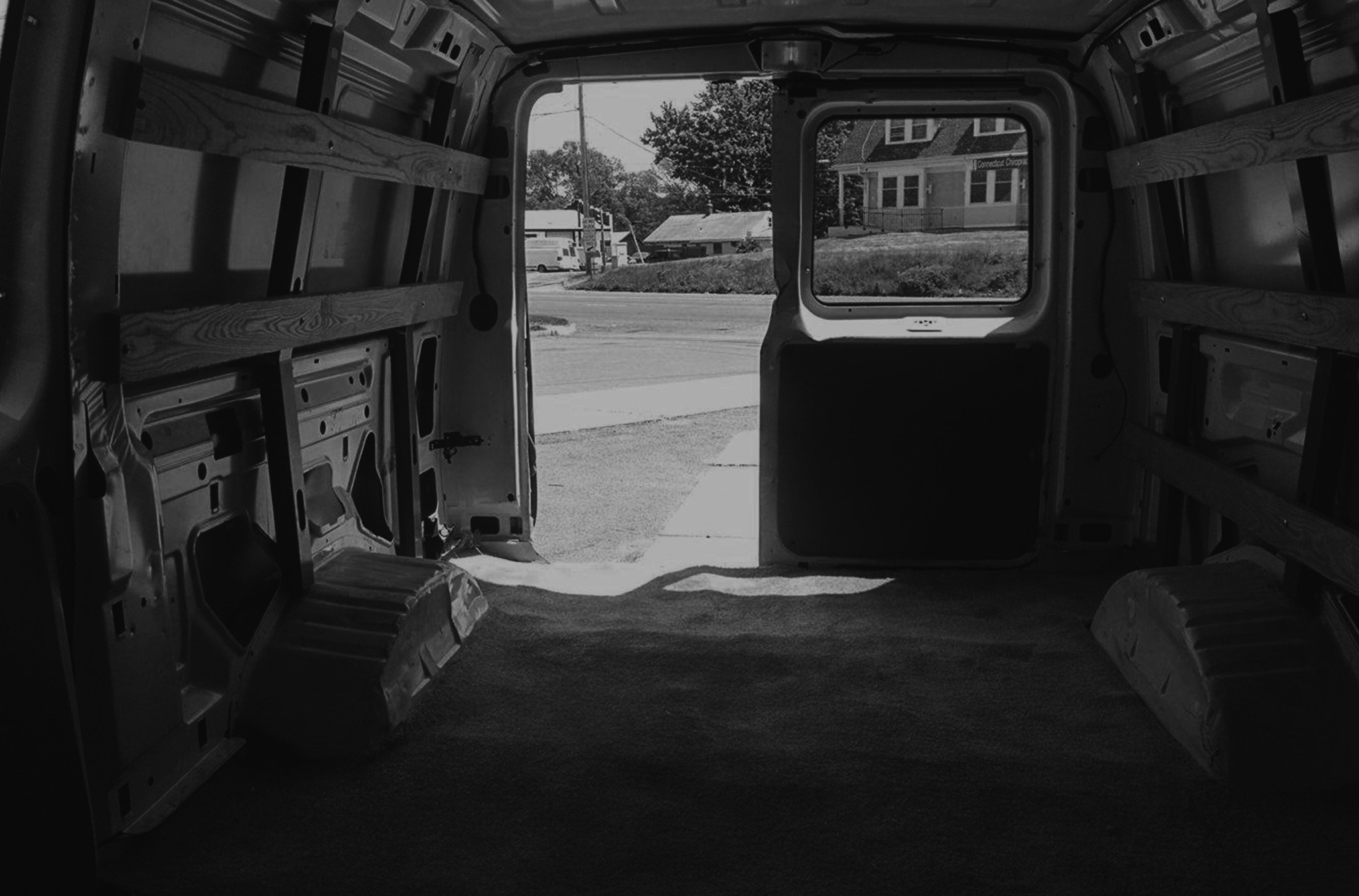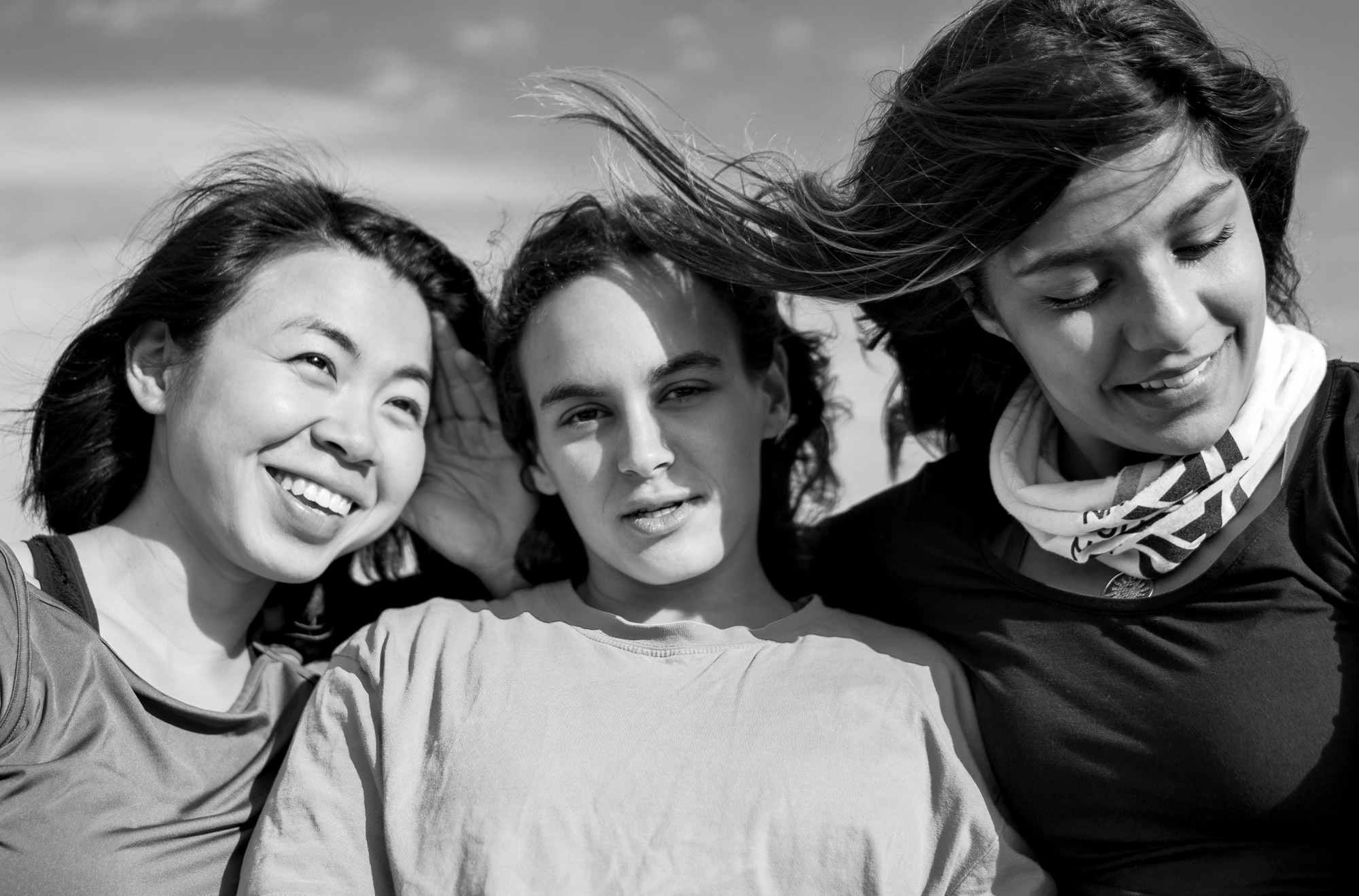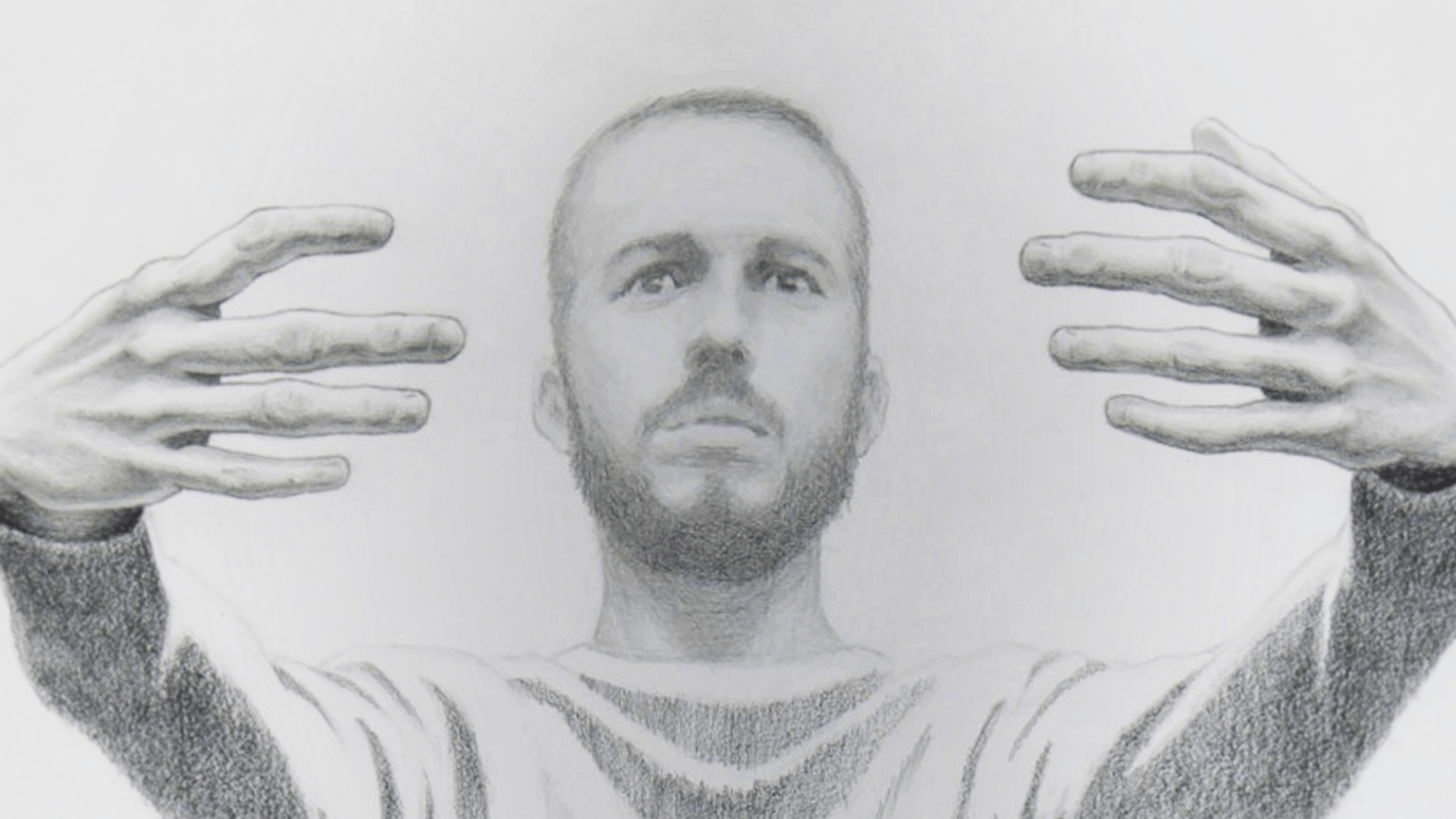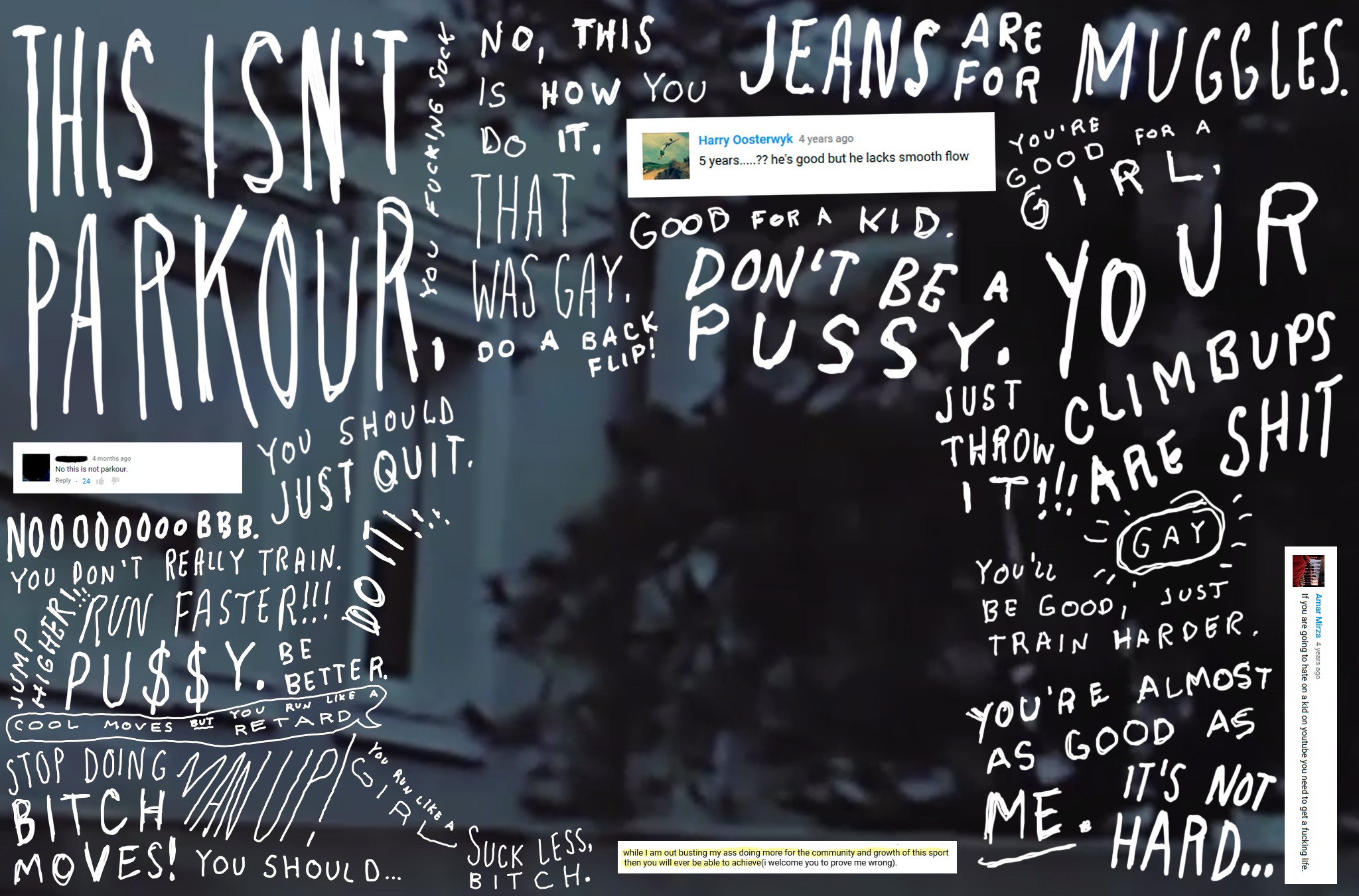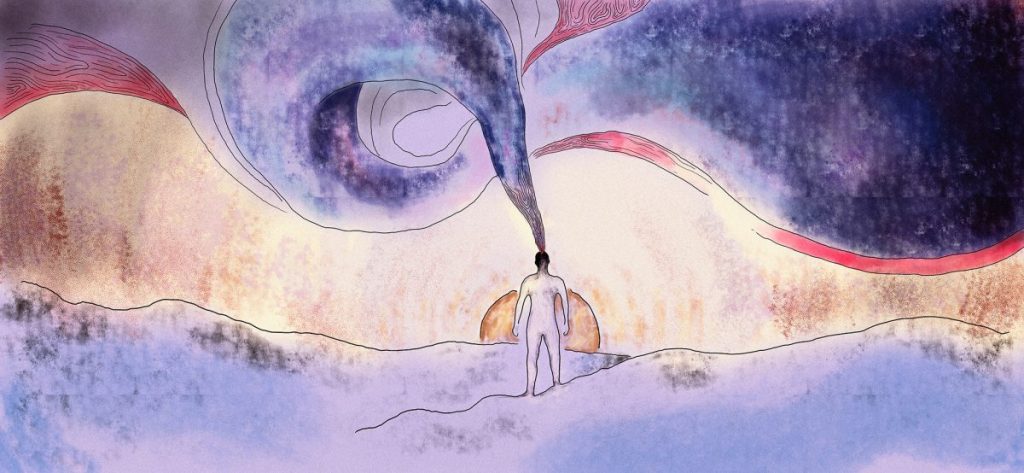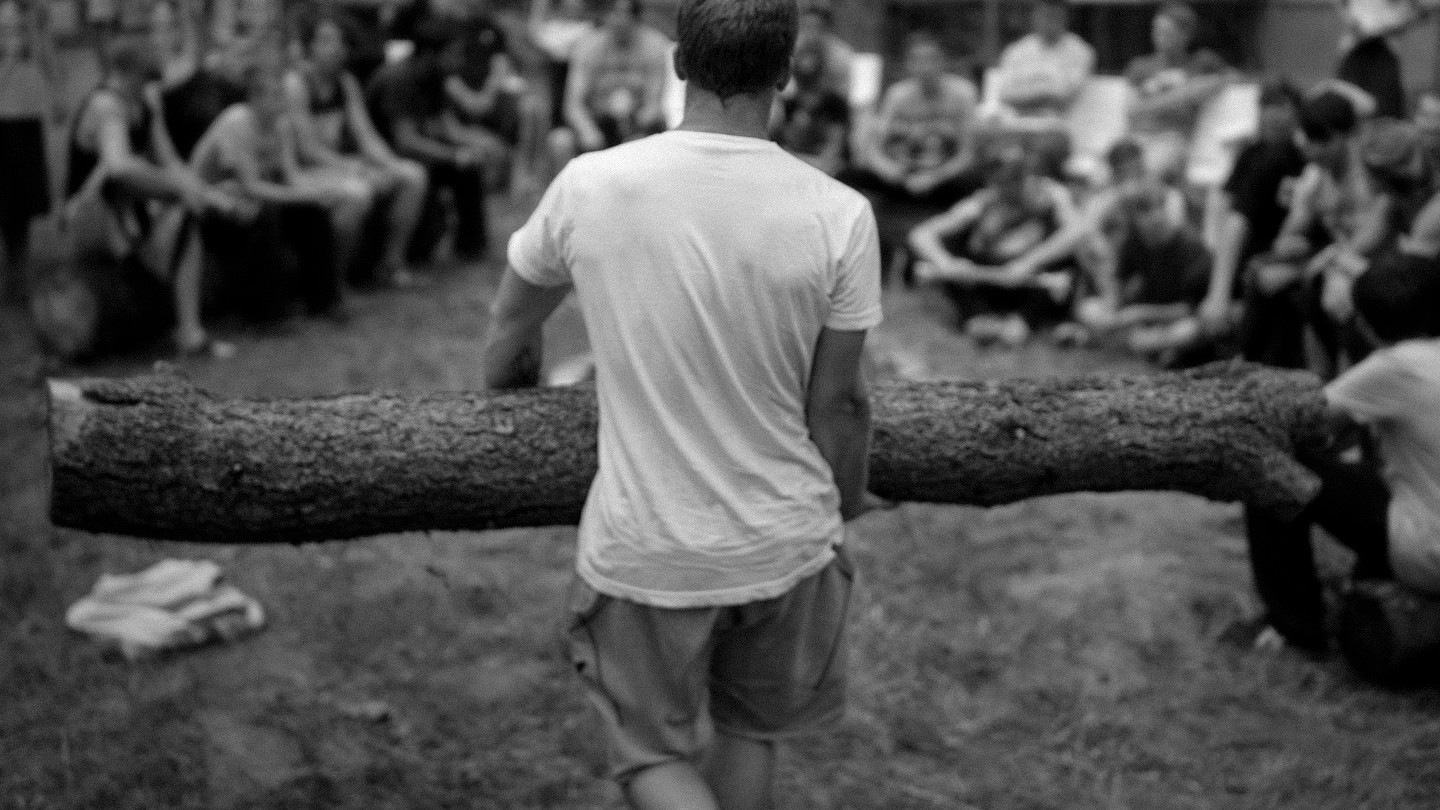“Not all who wander are lost” –J.R.R Tolkein
Until recently, the concept of the “Great American Road Trip” had been an inextricable part of our cultural psyche; a symbol of independence that could be traced to the roots of post-war culture, and beyond. That, however, is changing. Now, less than half of millennials have bothered to get their driver’s license before they turned 18. The role cars once held in teenage culture has been usurped by the smartphone. Modern life, due to a combination of necessity and convenience, has driven the road trip to the wayside.
So, what was the draw of the 1,200-mile drive to Hubbable and back this year? You might ask my friend Kristian the same question before he flies from Colorado Springs, CO to Logan International Airport in Boston, MA. You could ask him that question as he gets off the plane, hops into a tiny hatchback filled with friends, and promptly drives straight back to Colorado Springs; a 2,000 mile, 30-hour road trip, otherwise known as a6-hour flight right back to where he started. The answer to that question, as you may guess, is not a simple one. To find it, we’ll need to go deeper.
By the time I turned 18, I had traveled well over 80,000 miles by car. Wandering across the vast North American continent, my father and I found tracts of land, likely untouched by humans for decades or more. We kayaked into Mexico, found hidden mine shafts, and endangered plants; relics from a bygone era. Carelessly, we wandered between a mother bear and her young; nearly died in the surf as breakers, cresting at twice the height of our gunwales, smashed our sailboat towards jagged rocks in the Gulf Of Mexico.
If you ignore the hundreds of hours spent traveling by plane, train, and bus, all of that time still conservatively adds up to roughly 1,334 hours spent strapped to a chair in a metal tube, without much to do except stare out the window and think.
Homelife didn’t exactly bring normalcy with it either. More often than not during my early years, what few friends I had were decades older than me. Several days a week, my house would overflow with young herbalists; all eager to learn from my emotionally abusive father. We spent months out of the year living in the mountains, foraging for wild plants. After the 3rd grade, I stopped doing well in school. Despite the oft lonely nature of the road, I still longed for the relief it provided from daily life. When we traveled, I reveled in the freedom.
“It’s a dangerous business, Frodo, going out your door. You step onto the road, and if you don’t keep your feet, there’s no knowing where you might be swept off to.”
J.R.R Tolkein
Since that time I have lived with an insatiable wanderlust, leaping at nearly any opportunity to travel. That is not the only mark that was left on me by childhood though. I learned a lesson early on that was simple, yet significant: While the solitude of the road can be lonely, there is much wisdom to be gained from it. Within solitude, the mind can wander, grow, process new experiences, and transform them into something new and beautiful: Perspective.
Here is the place where I should make a call to arms; a call to head out on the road, follow in the steps of Jack Kerouac and Alexander Supertramp; to risk it all for the open road, and leave your life behind. Instead, though, I would give you a caution: It’s not only the solitude that matters, it’s the quality of time that you spend there. It’s the difference between being alone and being lonely. Al Worden, who spent 3 solitary days piloting the Apollo 15 command module around the dark side of the moon, 238,000 miles from earth, and another 2,200 miles from the nearest human said “There’s a thing about being alone and there’s a thing about being lonely, and they’re two different things. I was alone, but I was not lonely. On the backside of the moon…that was the best part of the flight”. While I credit the time spent alone during my childhood for developing me into who I am today; There have also been periods of my life where I was incredibly lonely; isolated in a dark room and sucked into a screen. The mere thought of those times brings about an intensively negative reaction. If video games in a dark basement are where you go for honest introspection, then that’s amazing and you should embrace that. I suspect that is not the case for most of us though.
Breaking the jump is arguably the signature moment of the parkour experience and it is a solitary one: an idea that can be easy to miss perched on a rail surrounded by 40 of your closest friends. As practitioners of parkour, we are part of a movement that was born of solitude but thrived, and continued to exist, because of the beautiful communities it helped create. Today, those communities are becoming the defining part of many practitioner’s training experiences. With that shift, the value placed on solitude is slipping away.
Let’s take a moment and step back. There are many practical benefits to parkour. Improved strength and agility, increased reaction time, better stamina, etc et al. These physical benefits can easily be derived from other sports though. Back in the forum days, there was an idea that made the rounds: “If you used to do parkour, you never really did it.” It was a denouncement made by those who felt injured at the idea that you could simply walk away from parkour. Now, I recognize that as the biggest, steamiest pile of horse…slop…that I’ve ever heard. The thing is though that they were actually on to something. There is at least one thing that can only be gained through the mindful practice of parkour. One that no other sport can offer; it stems from the solitude of that signature moment: Perspective
Most anyone who has practiced parkour, or freerunning, for any length of time, develops something commonly referred to as “parkour vision.” Its initial manifestation is usually simple: “My brain won’t stop planning lines and escape routes”, but it is in fact, a symptom of a deeper shift in consciousness. As most experienced practitioners and many beginners can attest, “parkour vision” is not limited to your movement, its reach quickly expands to other aspects of your life.
The effects of parkour vision can vary greatly from person to person. It depends on many variables: your experience level, your training style, even your personality. For me, its effects are simple but profound: increased adaptability, better situational awareness, even the ability to be more thoughtful in my search for creative solutions to everyday problems. I often find a positive feedback loop to be present as well. When I make a conscious effort to practice these skills in my day to day life, my mental game grows stronger; challenges at height seem far more approachable, my training mindset is safer and more effective, and my flow even improves.
In “Parkour and the Art Du Deplacement” Vincent Thibault describes one manifestation of this mindset within the community as: “a culture of challenge.” Often this comes to the surface in the form of play; an idea that the upcoming APEX International Competition hopes to build off of for their Skills Challenge. When people ask me what I do as a coach, one of my favorite answers is: “I teach adults how to play like children again.” Some may call this aspect of our culture childish, but it is important to embrace going forward. We are a subculture of a society that continues to value innovative thinking, and creative new ideas, at ever higher levels. Whether or not you have a career directly involved with parkour, this is one important way that you can directly involve parkour with your career.
So what’s the next step? It depends. Some of you might be ready to hit the grindstone and make your first million. For others, it might be time to hit the road Jack, and not look back. For almost all of us, it is time to grow. Take what you’ve learned, and revel in the culture of challenge. Set goals for yourself and embrace the solitude of the moment. Almost any interview I’ve watched or read with high-level parkour or freerunning athletes emphasized the solitary nature that characterized much of their early training. Creative professionals often take the time to be alone in quiet places with their thoughts. Yes, that means no music, no videos, no phone, no distractions. Just sitting still and finding ways to be comfortable with yourself. For myself, and I hope many others; that quiet, solitary place is found on the road.


